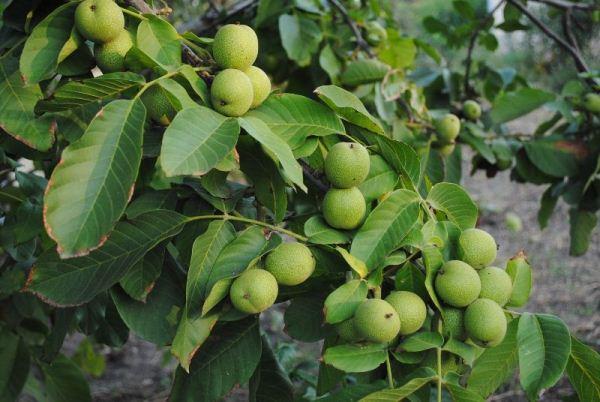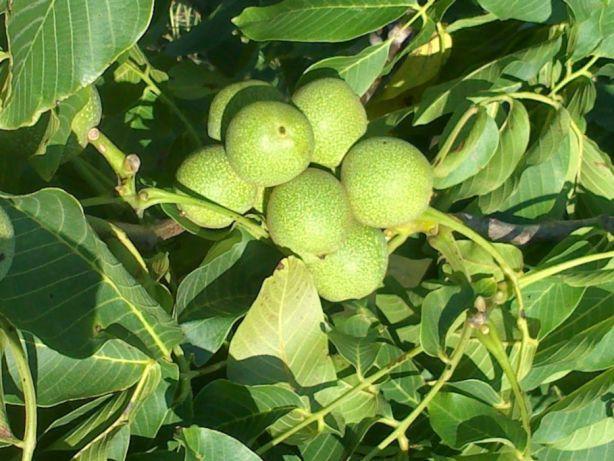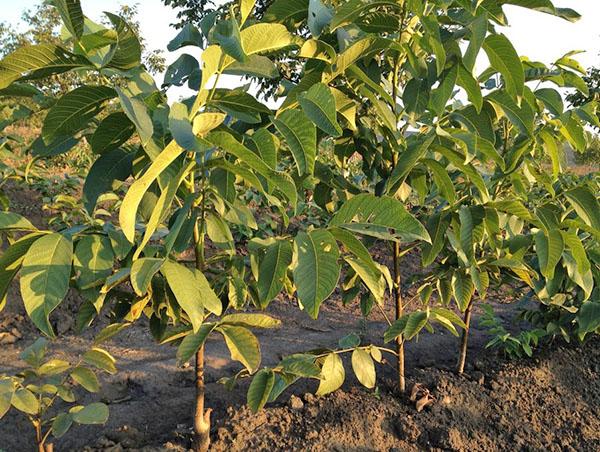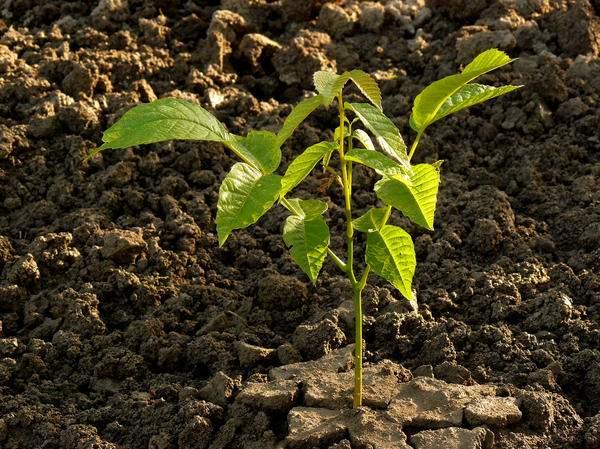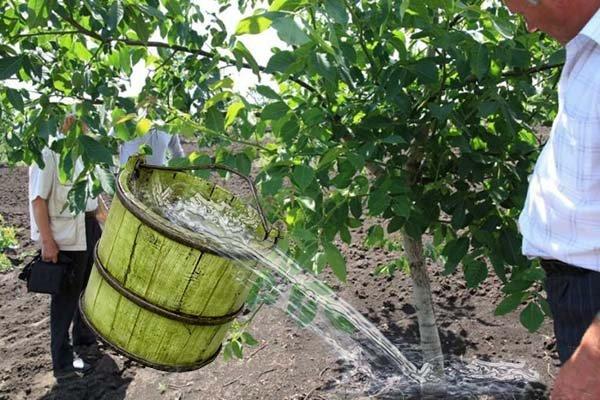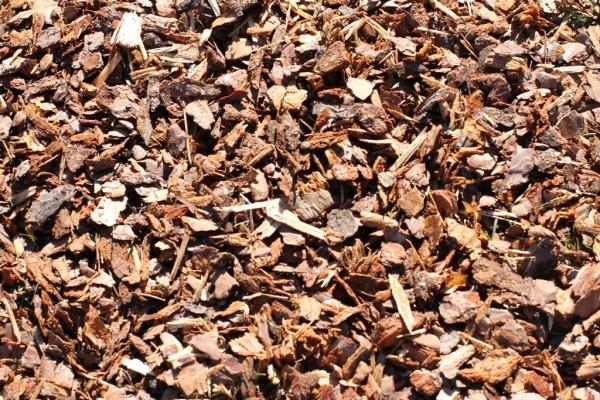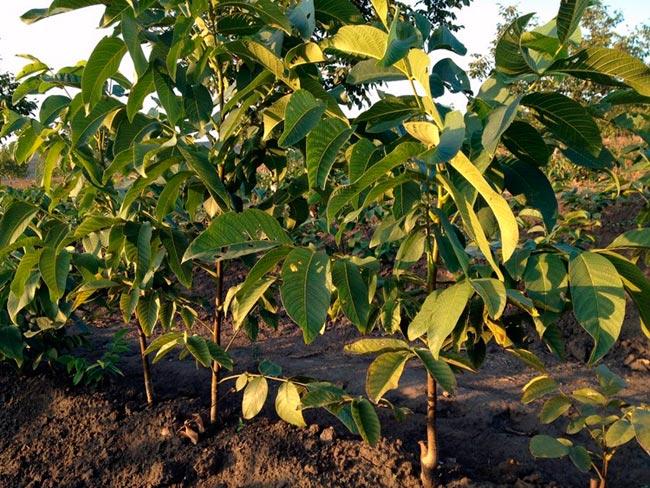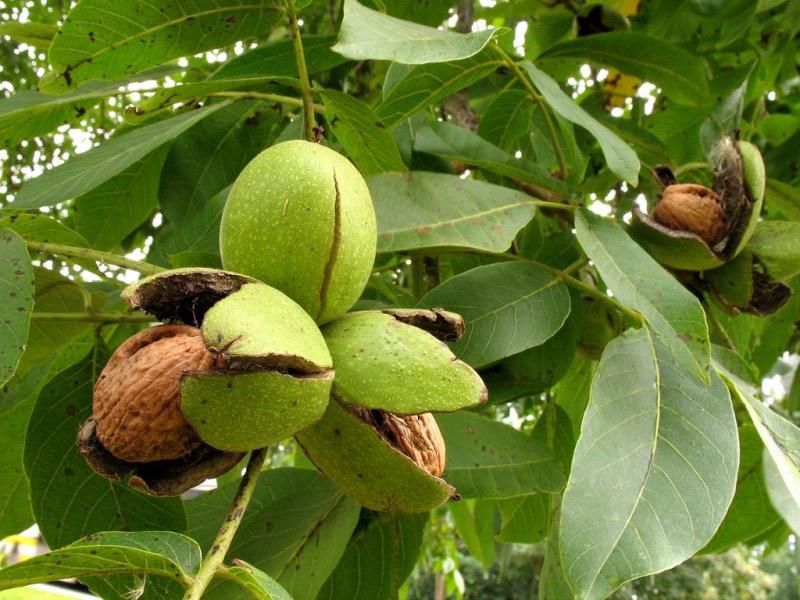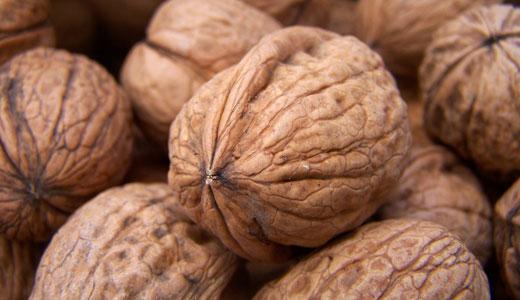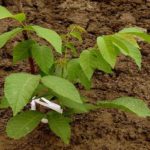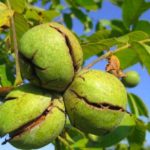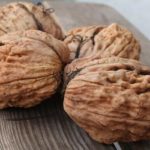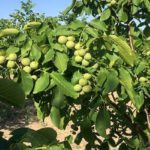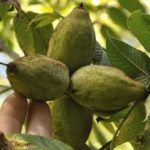Every gardener wants to grow a nut variety on his plot that would be distinguished by early fruiting, attractive shape, size, unsurpassed taste of the fruit and would not require much time for planting and care. These include walnuts of the Ideal variety. It has already received high marks due to its positive characteristics and features.
- Description of walnut variety Ideal
- Plant characteristics
- Pros and cons of the variety
- Walnut cultivation
- Choosing a site and preparing for planting
- Preparation of planting material
- Planting scheme
- How to care for a tree?
- Watering
- Top dressing
- Mulching
- Trimming
- Reproduction
- Preparing for winter
- Possible diseases and pests
- Features of planting in different regions of Russia
- Harvesting and storage
Description of walnut variety Ideal
In 1947, Uzbek scientists carried out breeding work in order to find a variety that would be distinguished by productivity and early ripening. The result was the Ideal walnut.
A low-growing, fast-growing tree, 4-5 meters high, with a powerful massive crown. The bark is gray, the fruiting shoots are brown. The plant is decorated with large leaves with a dense structure. Attracting attention are small flowers, dioecious, white, with a green tint, collected in a brush of 10-15 pieces. The variety is valued for its oval-shaped fruits, which differ in size and have a thin, light beige shell. The average weight of one nut is 10 grams.
The kernel has a good taste and a range of vitamins and minerals.
Plant characteristics
Walnut variety Ideal bears fruit in the 2nd year of life. Full harvests can be harvested from the 5th year. Walnut flowering begins in May. And at the beginning of summer, several green fruits appear on the tree on one branch. The nut harvest takes place in September.
The peculiarity of fruiting lies in the second wave of flowering, which allows you to collect two harvests per year. Re-formation of flower clusters begins 10 days after the first and continues until autumn. With proper care, the Ideal walnut will delight you with a high-quality harvest and beautiful appearance for up to 50 years.
Pros and cons of the variety
The main advantages due to which the variety is recommended for cultivation are:
- stable yield indicators - up to 120 kilograms per plant;
- early period of fruiting;
- ability for secondary flowering and double fruiting throughout the year;
- compactness of the tree, allowing for the most efficient use of planting space;
- frost resistance - can tolerate a decrease in temperature down to -35 degrees, which allows the variety to be grown in the climate of Central Russia;
- undemanding to the composition and parameters of garden soils.
In addition to the advantages, it is important to identify the disadvantages:
- sensitivity to return frosts;
- fragility of the variety.
A minimal list of shortcomings allows gardeners to have no doubt in choosing the Ideal walnut.
Walnut cultivation
It is better to plant nut seedlings in the spring. Planting in the fall must be done long before the first frost.
Choosing a site and preparing for planting
When choosing a place for planting, it is important to take into account the needs of the plant for its normal growth, development and high yields:
- an area illuminated by sunlight, protected from cold winds and drafts;
- lack of groundwater close to the surface of the earth;
- turf, carbonate, loamy soil.
Before planting the plant, you need to make a hole, maintaining a distance between planting units of 5 meters or 3.5 meters, provided it is placed on a slope. Add peat and compost to the soil dug out from the hole. Enrich the resulting mixture with substances such as dolomite flour and superphosphate, in an amount of 500 grams per pit.
Preparation of planting material
Place the nut seedling purchased in a container into the hole without processing. For planting material with an open root system, make a clay mash from clay and humus (3:1). Mix everything well and add a growth stimulator. Dip the roots of the seedlings into the resulting mash and leave for 30 minutes to dry.
Planting scheme
Every gardener needs an Ideal nut planting scheme, because knowing at what distance to plant trees from one another, you can get a generous harvest.
Bare-rooted seedlings should be planted following the following planting pattern:
- In the center of the hole prepared in advance, form a hill from the resulting soil mixture and install a peg to securely support the plant.
- Place the seedling on top of the hill, carefully distributing the lower roots along the slopes and covering it with fertile soil. And the top ones should be placed in a horizontal position so that their depth is 7-8 centimeters below ground level.
- Cover the roots of the young tree using a soil mixture. In this case, the root collar should be 3-5 centimeters above ground level.
- Tie the seedling to a support, water and mulch the soil around the trunk.
If you purchased material for planting in a container, then it must be removed from the container with the nutrient substrate and transferred into a planting hole measuring 60x60x60 centimeters. Then fill it with soil mixture and water it.
How to care for a tree?
Carrying out the necessary care measures will allow the young tree to begin bearing fruit in the shortest possible time and produce high-quality harvests for a long time.
Watering
Only young trees need to be watered, in spring and early summer, when they need significant amounts of moisture. Each plant should receive 20 liters of water every 14 days, depending on the climate and soil type. Waterlogging or drying out of the soil should not be allowed. The number of waterings for plants that have grown to 4 meters in height must be reduced.
Top dressing
Walnut Ideal is responsive to fertilizing.The crop needs to be fertilized twice a year - in the spring, adding nitrogen elements, and in the fall, before plowing, with products based on phosphorus and potassium. The dosage of fertilizer application depends on the age of the tree, soil, and climate.
Important: excessive amounts of fertilizer will weaken the plant’s ability to withstand winter cold.
Mulching
After each watering, the soil should be loosened shallowly and mulched with peat. A technique such as mulching the tree trunk circle will help protect the soil from drying out, retain nutrients in the soil, stop the spread of weeds, and also protect the root system from freezing.
Trimming
Ideal walnut seedlings require the formation of a crown in a cup-shaped manner. When planting in spring, the first pruning should be done immediately. After 3-4 years, the nut crown will be formed. Subsequently, only annual pruning will be required in order to provide all parts of the crown with the necessary lighting. It involves the elimination of all damaged, old, branches growing in the opposite direction.
Reproduction
Walnut variety Ideal can be propagated using the seed method or by grafting. The seed method is considered more labor-intensive and time-consuming. With it, the seed is able to inherit the characteristics of the mother plant by 70%. For sowing, take peeled and dried fruits and stratify at a temperature of +18 degrees for 45 days. In the spring, transfer the prepared material for planting to open soil.
During the first year of life, the Ideal walnut develops slowly, but at the end of winter it begins to grow rapidly and reaches a height of up to 1 meter by autumn.It is recommended to plant seedlings in a permanent place only after 5-7 years. When choosing material for grafting, it is better to use young seedlings at the age of two years. This technique will preserve the varietal qualities of the crop.
Preparing for winter
To prepare the crop for winter, you need to stop watering the tree in August. In the last days of September, remove all the fruits and cut off the green tips of the shoots. This operation forces the plants to direct their forces to ripen the wood.
Mature trees overwinter without shelter. And annual plants and young seedlings need protection; they need to be wrapped using burlap or agrofibre. Also, the tree trunk circle should be mulched with humus, while retreating 10 centimeters from the trunk.
Possible diseases and pests
According to the description, the variety demonstrates excellent resistance to diseases characteristic of the crop, but this phenomenon does not exclude the risk of infection of the Ideal walnut.
Common diseases:
- Brown spot. This problem can be diagnosed by dark brown spots on the foliage, ovary, and branches. The fruits begin to rot. Treatment involves the removal and subsequent disposal of all damaged parts of the plant. To combat the fungus, spray the trees with fungicides.
- Bacteriosis. The disease manifests itself as dark spots on the foliage, which provoke deformation of the leaf plate, as well as fruit falling. For treatment and prevention purposes, treat plants using copper sulfate.
- Root cancer. The infection damages the root system, causing the tree to stop growing and not form fruit. Control measures involve removing growths on the roots and bark. After the procedure, grease the sections with caustic soda and wash with water.
Warty mites and walnut moths are considered dangerous pests for the Ideal walnut variety. Such parasites should be combated by treating trees with insecticidal and acaricidal preparations.
Features of planting in different regions of Russia
Walnut Ideal is recommended for cultivation in central Russia. The prevailing temperate continental climate is not dangerous for trees of this variety; they can withstand all weather conditions.
When planting in northern regions, it is important to choose a flat, unshaded place, avoiding lowlands. It is better to plant in an open area with protection from the wind.
Harvesting and storage
Harvesting the walnut variety is ideal when the green shell cracks. Send the collected fruits to the basement for 7 days, this will allow you to quickly and easily remove the nuts from the softened, blackened pericarp. Rinse the peeled fruits in water and place them to dry in the sun.
Knowing all the pros and cons of the variety, its description and characteristics, as well as how to properly plant and care, you can grow a healthy Ideal walnut tree that will delight you with fruits even in unfavorable conditions. And the harvested harvest will give you memories of warm days during the cold season.

